The Apparatus Engineer: How Do I Prepare For The Job? Part 1
In previous articles on FFTB, we have discussed what we do as firefighters, truck driver operators and officers and leaders in the fire service. In this series, we will be looking at what preparations are needed to become an engineer (or depending on where you are from a driver/operator, chauffeur, or fire apparatus operator) and a few major components of the job.
The Job Decision
Before beginning the long promotion process to become an engineer/driver/operator, you need to first ask yourself the following questions to determine if it is the right move for you.
- What is the job description for the position? Is this something I can see myself doing?
- Why do I want to promote? Increase responsibilities? Expand skill set? Stepping stone to a higher
position? Financial motivations? - What are my departments SOPs in regards to promoting?
- Do I meet the minimum years on the job? (Ranges from 3 to 5 years)
- Do I meet the educational criteria? If not, what classes do I need?
- Do I have the minimum training qualifications?
The Next Step
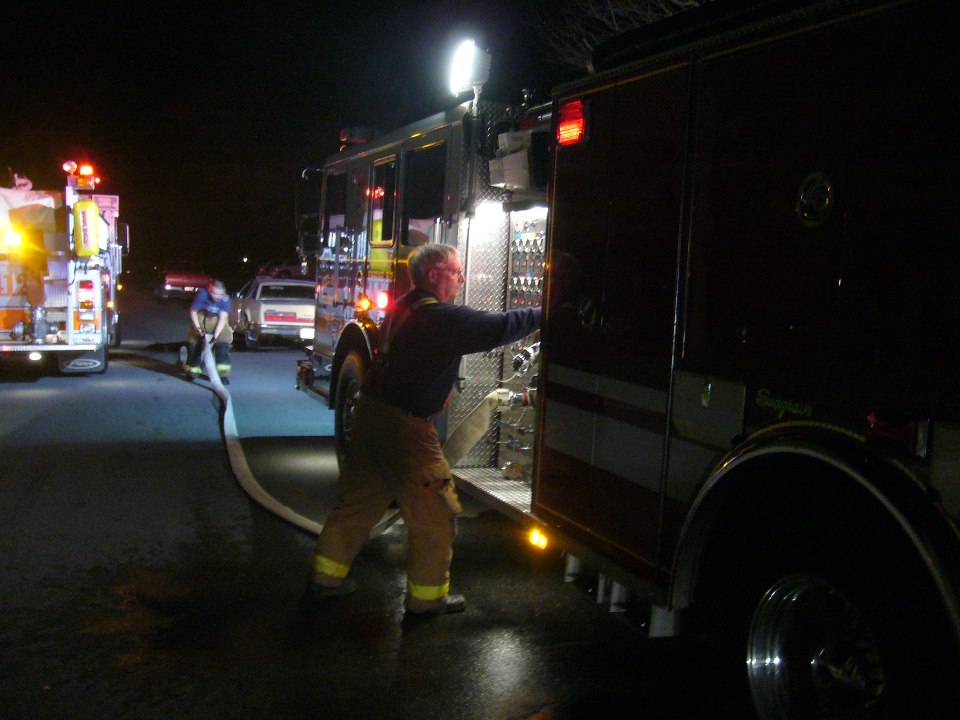
If after serious consideration you feel this is the right move then you are ready to move forward.
First, talk to your supervisor to inform them of your intentions to promote and seek their assistance. Together as a crew a training schedule can be developed to help start your journey.
Depending on your departments SOPs and your state, your first step is usually getting a permit to drive an emergency vehicle. In regards to getting a permit half the battle is learning to drive such a large vehicle and the other half is knowing your systems (i.e. pumping, drafting and hydraulics to name a few).
Each of these components is equally important and should not be taken lightly.
Next, you will need to sit down with your station/shift engineer and ask what it takes to do his or her job. Things such as the day-to-day operations and preventative maintenance are items you will need to learn. You need to start by knowing your unit. In part 2 we will pick up on this part of your decision-making process.
Part 1 of 2
Part 2 link:

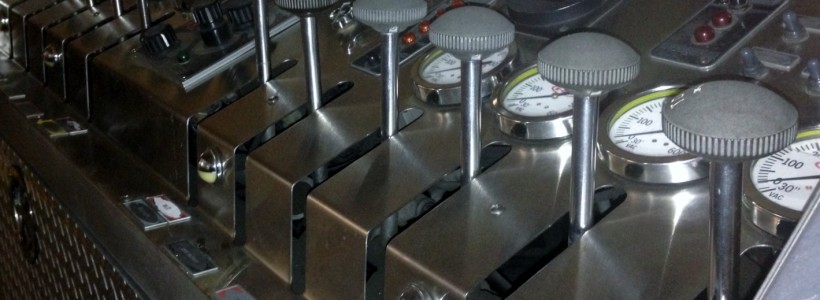
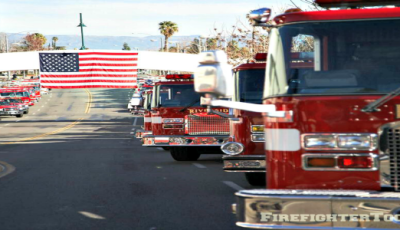
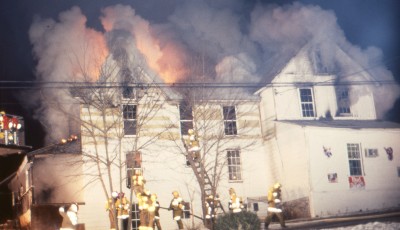
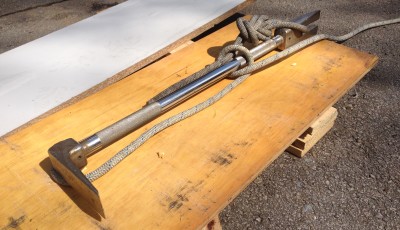
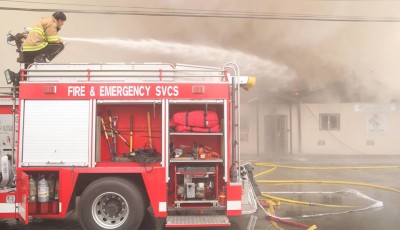
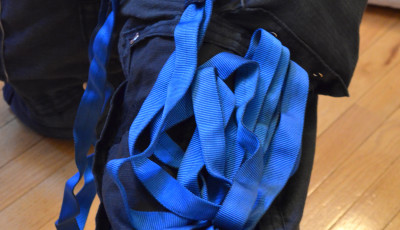
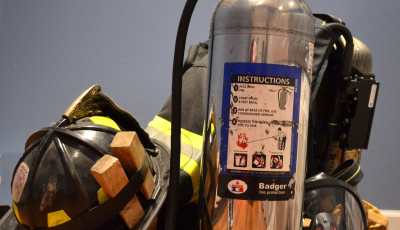

Guess you guys do it a little differently over there, in Australia we all operate and drive the appliance, the crew rotates through the driver/pump operator position each shift.
In the US it is most of the time a promotional position. Not everyone gets to drive an Fire Apparatus.
It seems there is a lot of different ways we do the job. The key is to get the job done effectively. Thanks for sharing from Australia!
Hey Christian,
Great article. It seems that we focus on promotional preparation for Company Officer but sometimes forget about that jump to the Engineer position. It is definitely much more than driving a fire engine around town.
Captain Q